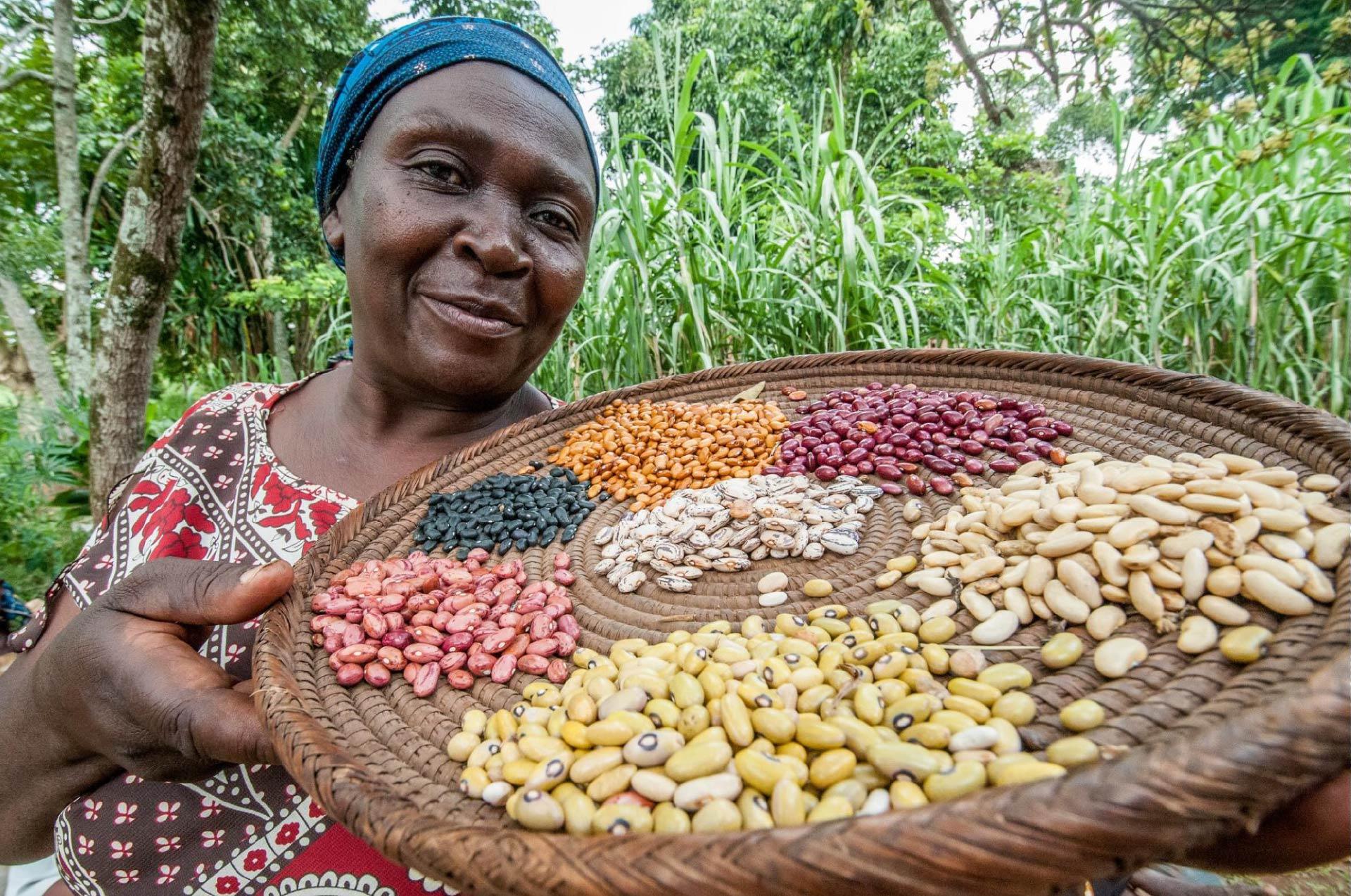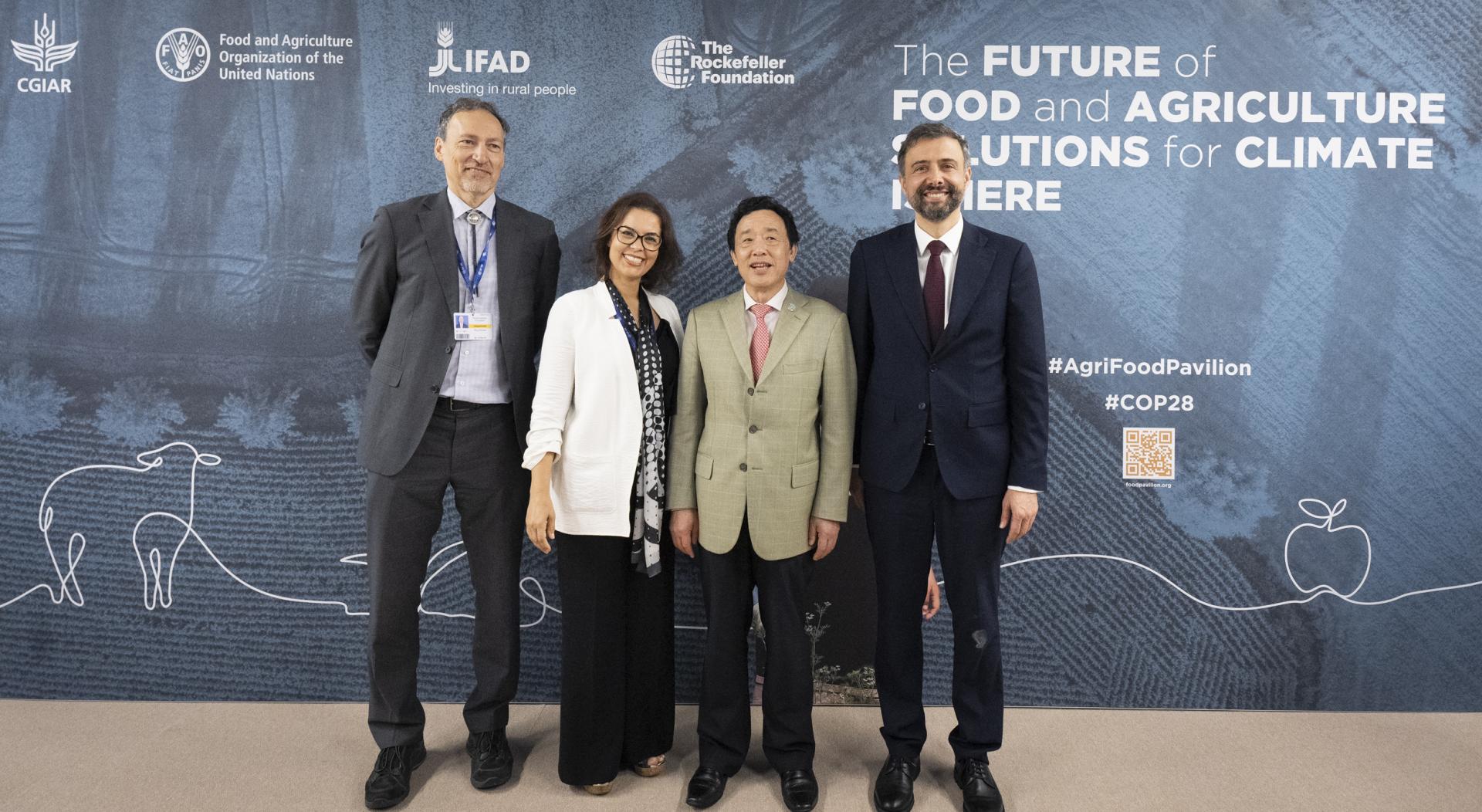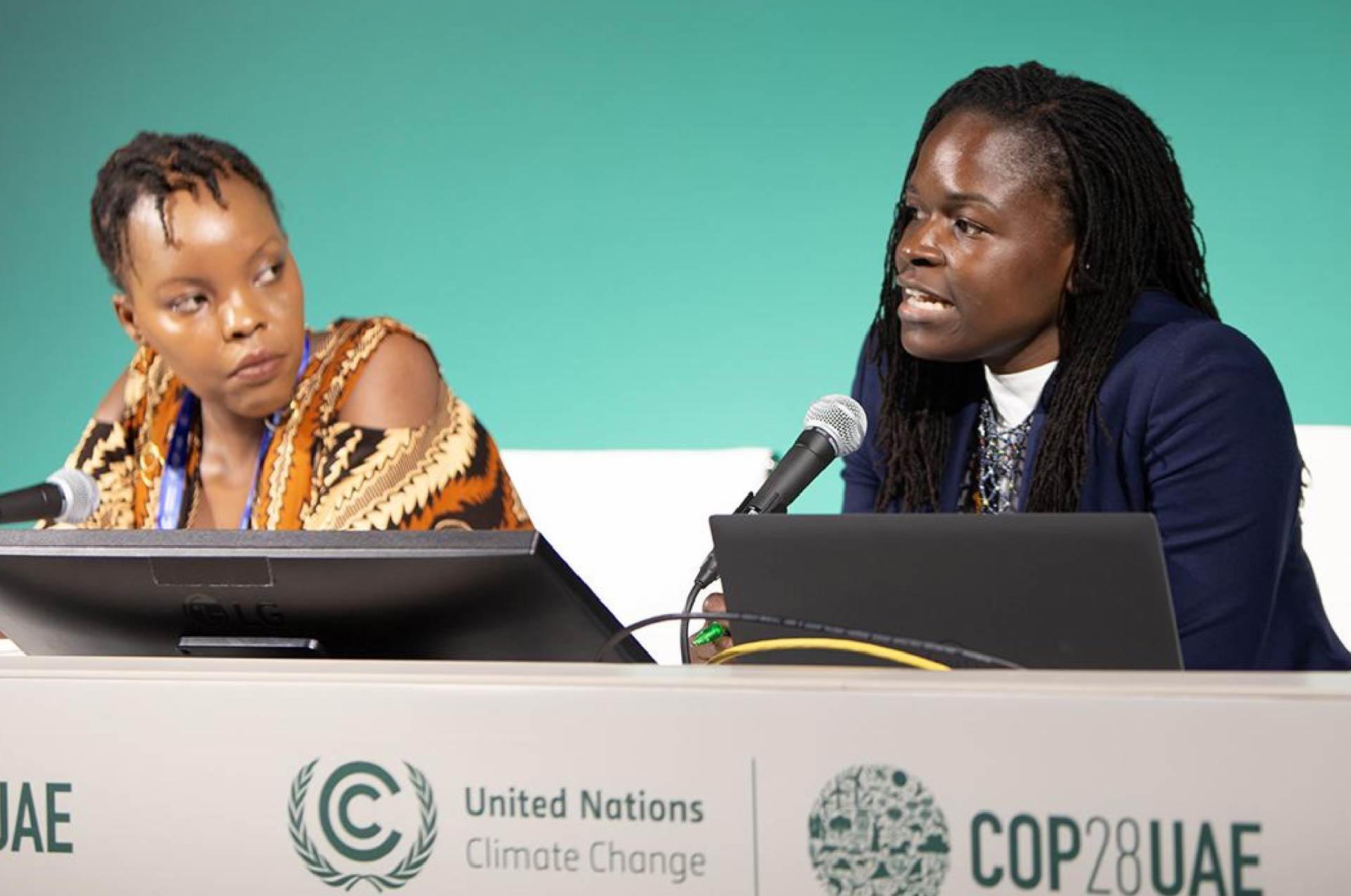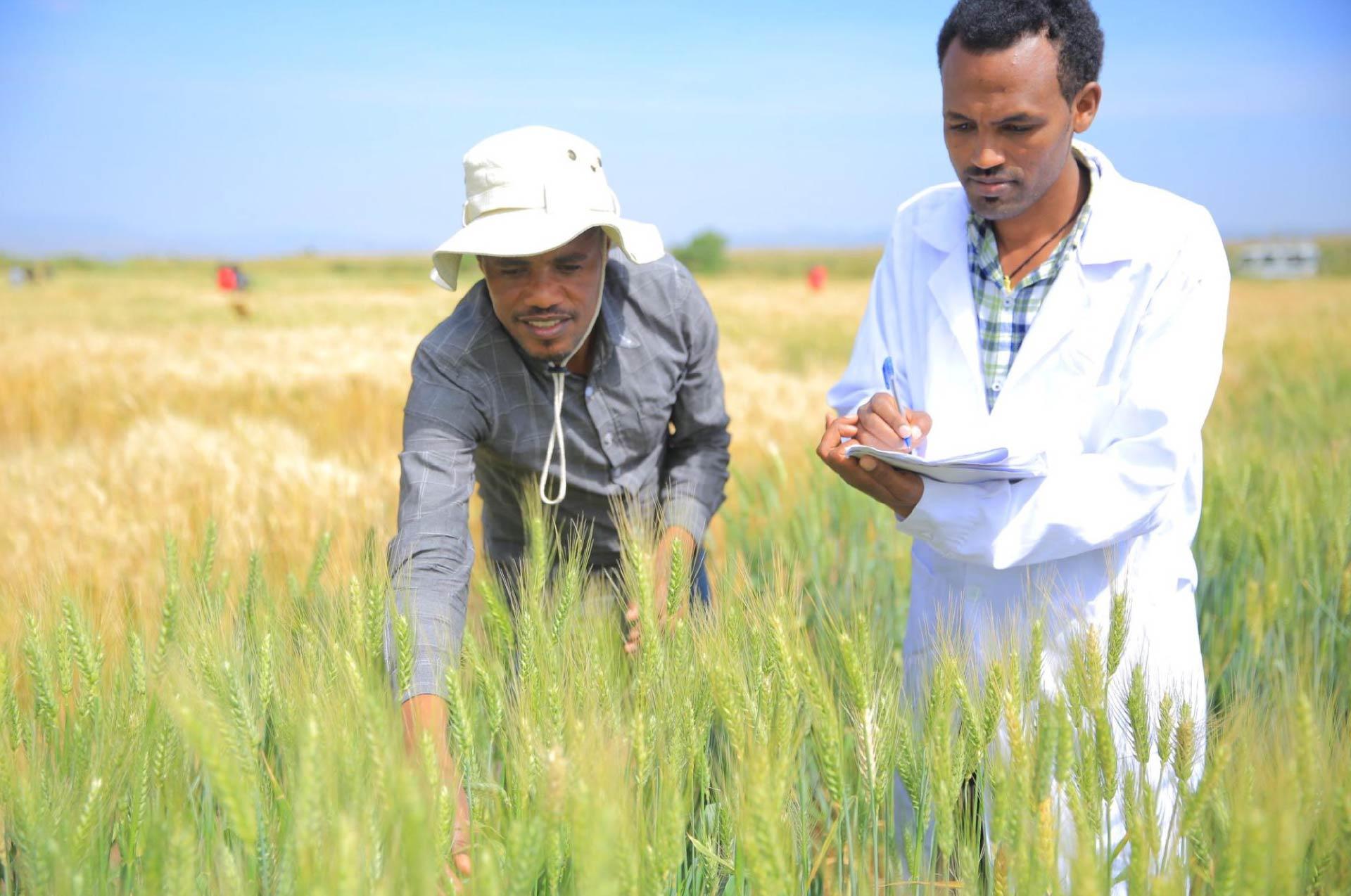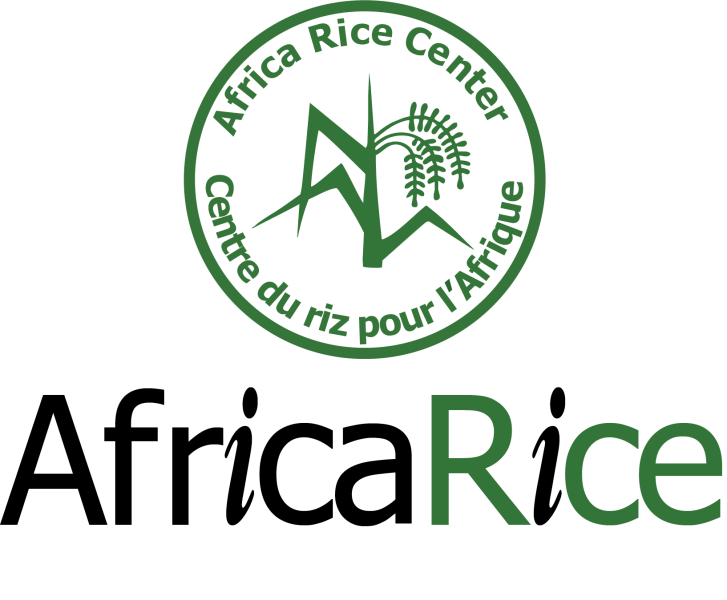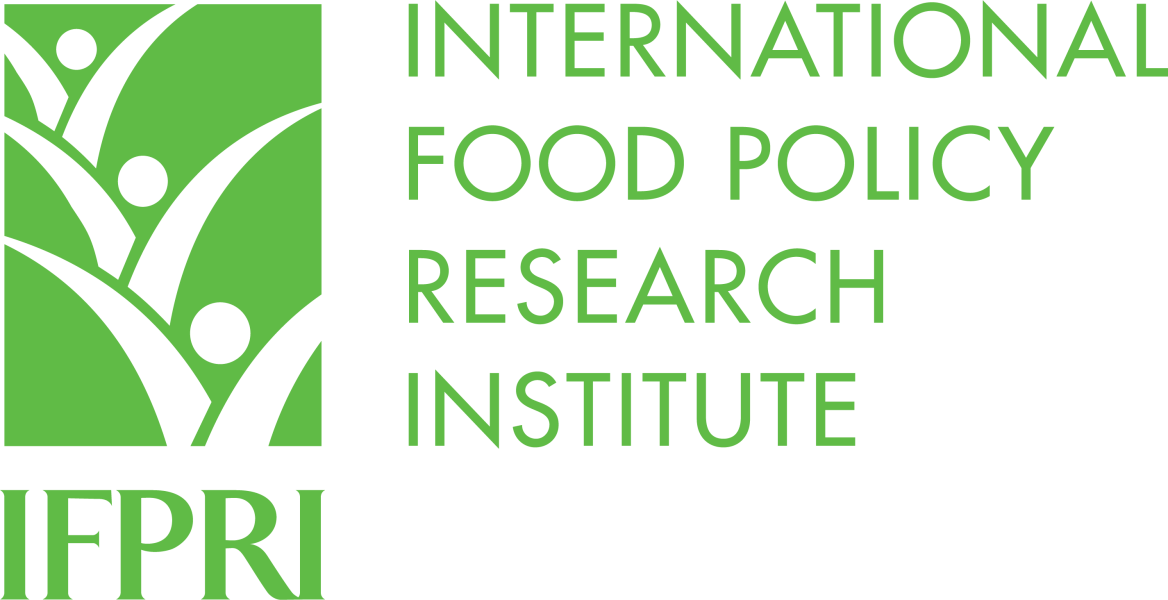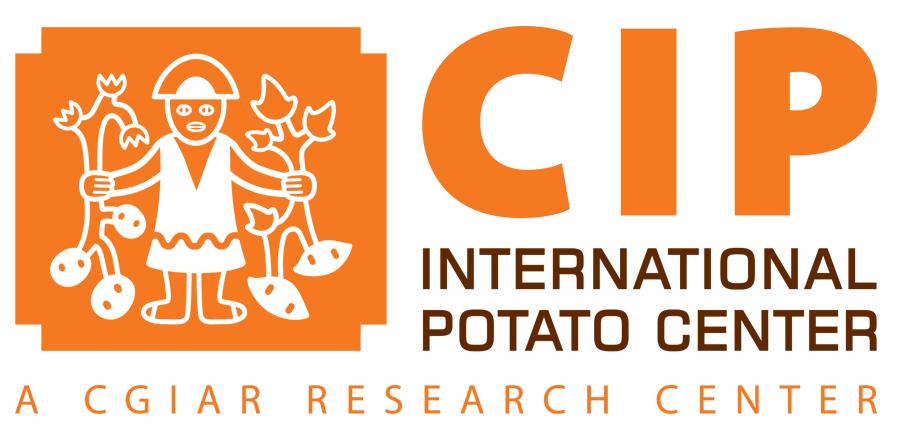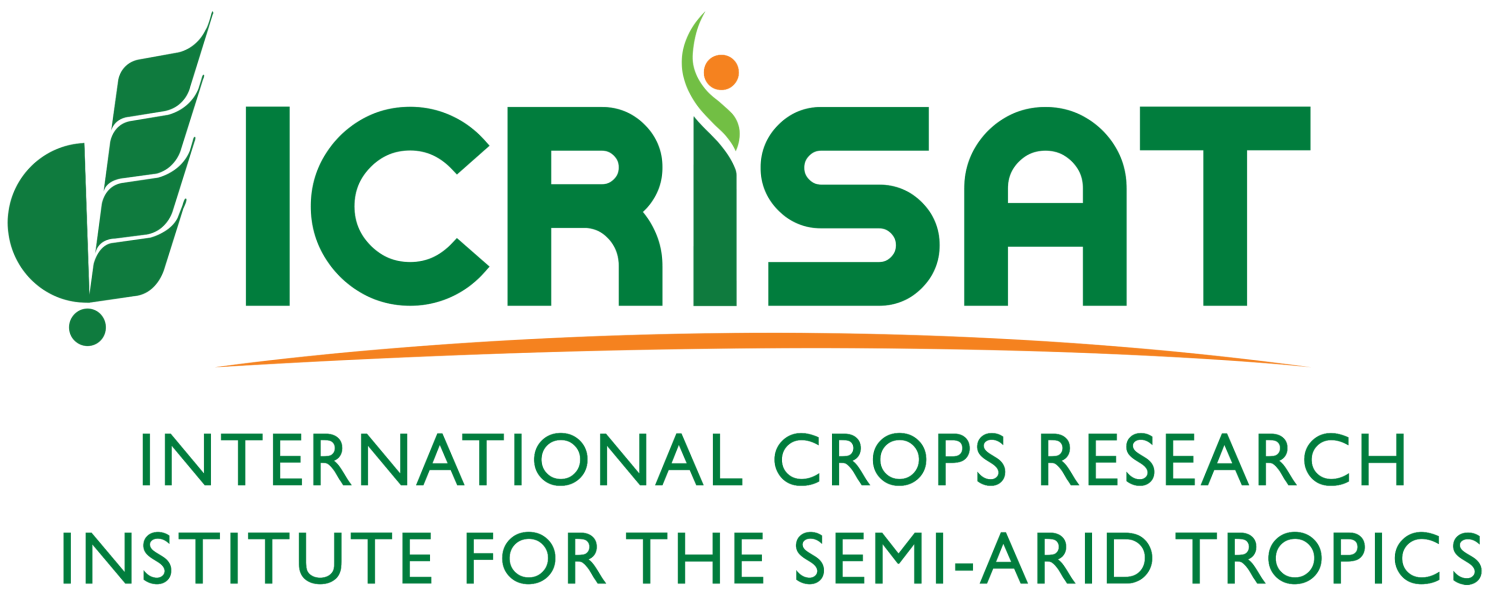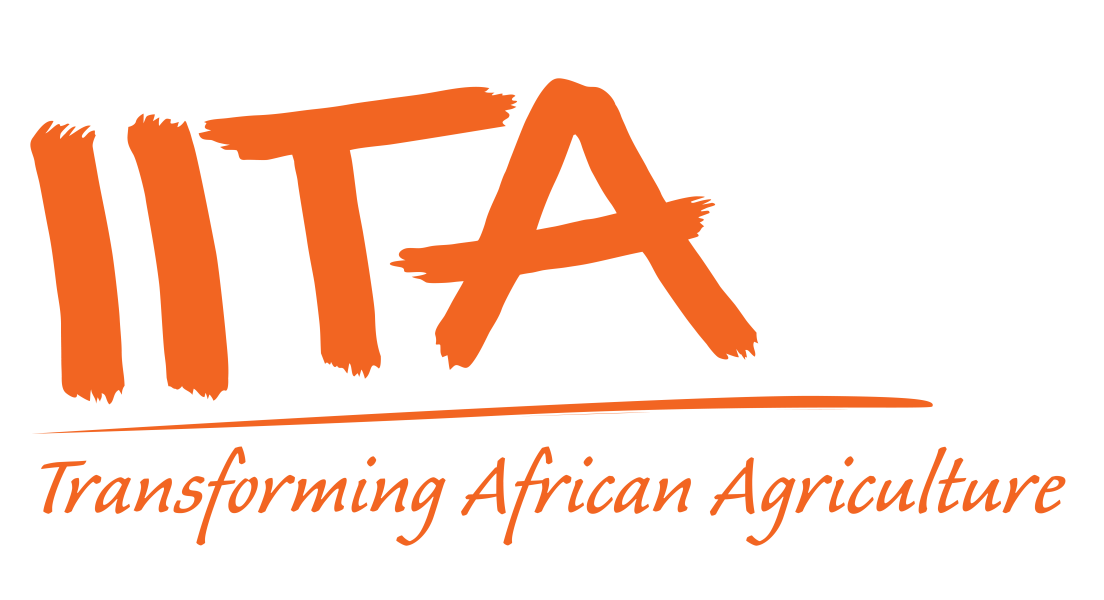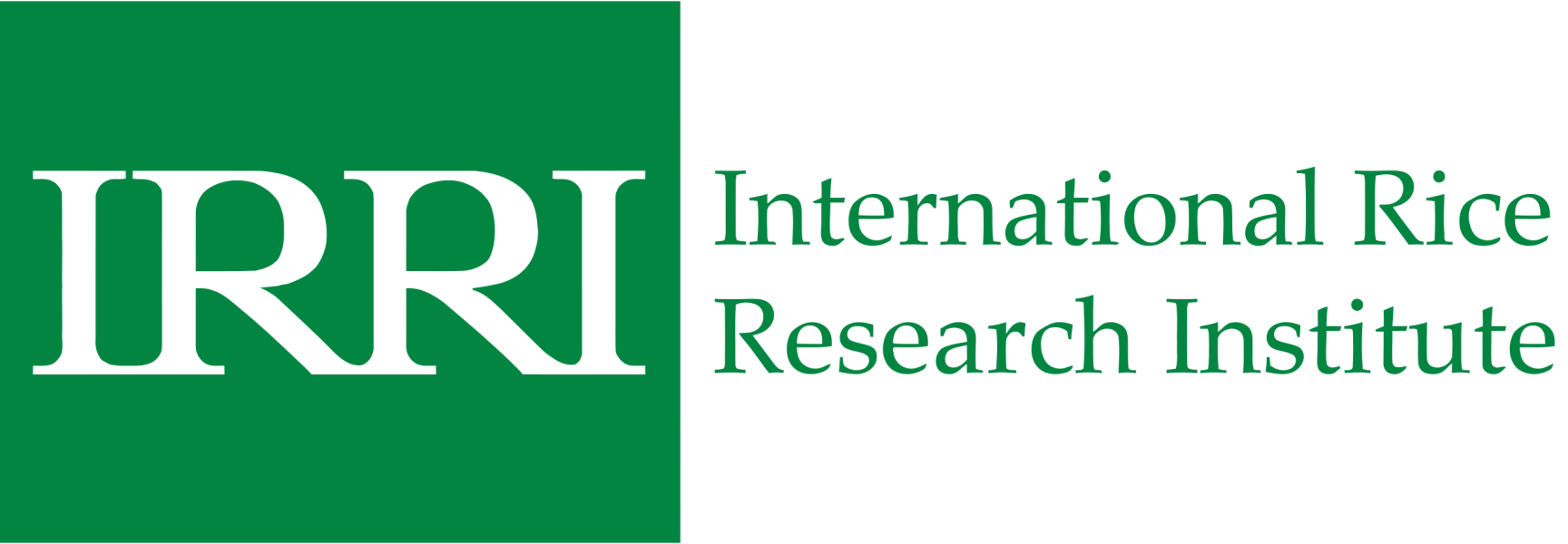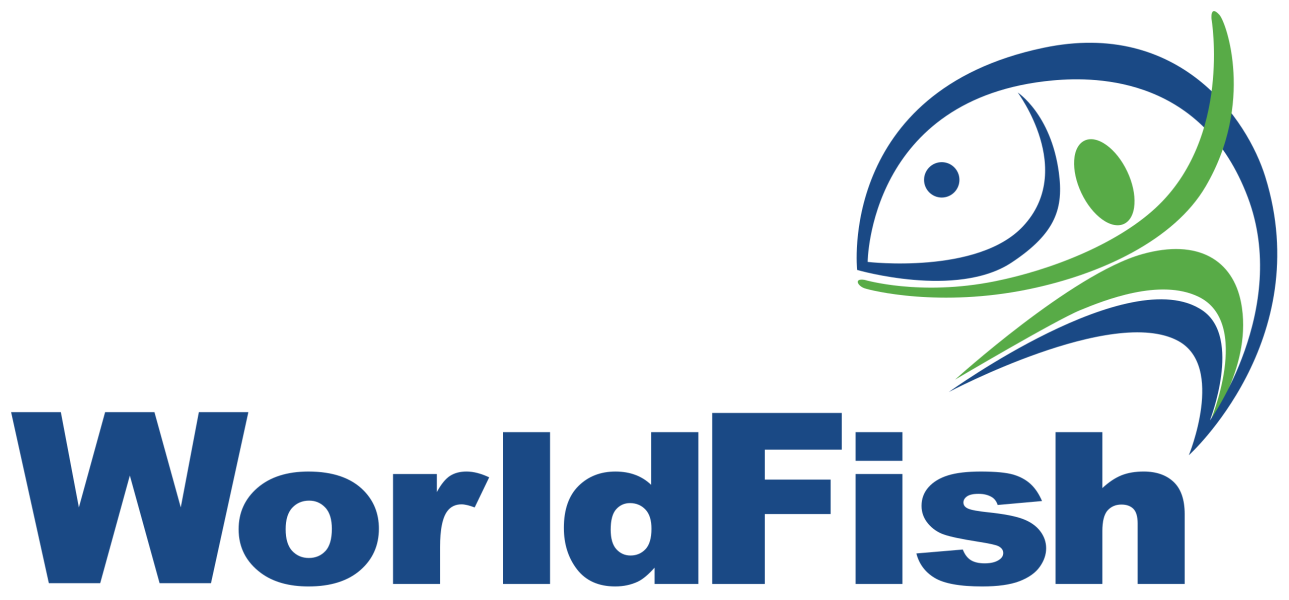Integration for impact
In 2023, the Genetic Innovation Science Group (GI) built on its initial integration in 2022 to accelerate results by deepening the cohesion and coherence in CGIAR’s offer on genebanks, crop breeding, and seed systems. Over the year, CGIAR and partners identified over 450 seed product market segments and 294 Target Product Profiles at the regional and national levels. This enables strategic priority-setting with national partners to direct limited resources to the breeding efforts where positive impacts on poverty reduction, gender equality, nutrition, environment, and climate resilience are likely to be greatest. Building on past breeding work, in 2023, these profiles guided the development and successful registration of 165 varieties with greater climate resilience and 50 varieties that can reduce malnutrition among women and children. Positive genetic gain was reported in 87 percent of breeding programs, driven by substantial efforts to raise human and infrastructural capacity in breeding networks that include both NARES and CGIAR Centers. Supporting these pathways to impact were CGIAR’s genebanks, which sent over 200,000 samples to nearly 1,000 users in 68 countries.
GI’s integration is a foundation of CGIAR’s success. Structured collaboration across CGIAR Centers and partners facilitates shared learning, more strategic use of resources, and improved efficiency. Over 2023, GI’s integration across projects, CGIAR Centers, and partners was further strengthened. The five GI pooled-funded Initiatives link logically and practically along the pipeline of design, development and delivery of our product – improved varieties. The GI structure and Initiatives provided a backbone for all of CGIAR’s work in genebanks, crop breeding and seed systems: a common philosophy, language and theory of change; sets of shared services, tools and approaches; unified metrics and targets; and interlinked circles of management and learning that bring science leaders together across the Centers. A key area of progress in 2023 was increasing alignment to this GI “backbone” by bodies of non-pooled funded work, including through two Science Group Projects (SGPs) – the Roots, Tubers, and Bananas Breeding Project (RTB Breeding) and the Accelerated Varietal Improvement and Seed Delivery of Legumes and Dryland Cereals in Africa project (AVISA) (reported below) – and the Genome Editing Initiative (reported separately), but also via scientists’ elective use of GI’s set of user-friendly facilities.
GI started 2023 with a very ambitious set of objectives and commitments. GI ended the year fully on track to achieve its expected three-year outcomes by the end of 2024. Across all GI Initiatives, 96 percent of all Work Package outputs were on track against their proposed end-of-Initiative outcomes. Likewise, GI management delivered in full on its set of formal objectives and key results. A comprehensive monitoring, evaluation, learning and impact assessment (MELIA) strategy was implemented, measuring internal performance and external results, including a standardized metric for genetic gain, a multi-year impact assessment strategy, and an annual reflection exercise. A Gender Strategy was developed, challenging GI teams to move beyond gender-responsive to gender-intentional ways of working. An advisory group, self-titled the Champions and Challengers of Genetic Innovation Group and comprising six System Council members and six regionally based experts, was convened and met regularly to provide critical input on GI strategy and results.

Figure 2.9. Genetic Innovation’s theory of change.
A unified theory of change for genebanks, crop breeding, and seed systems
The GI theory of change guides CGIAR’s delivery of positive impacts associated with accelerated adoption and turnover of improved crop varieties by small-scale women and men farmers (see Figure 2.9). The theory of change links the design-development-delivery product pipeline with CGIAR’s larger ambitions for impact on the Sustainable Development Goals (SDGs) across CGIAR’s five Impact Areas. GI sees two key pathways to impact: (1) through development and delivery of germplasm (the germplasm pathway) and (2) through building the capacity of multi-partner breeding networks that CGIAR participates in (the capacity and partnerships pathway). A core assumption of the GI theory of change is that better day-to-day performance by CGIAR and partners – particularly NARES and small and medium enterprises (SMEs) – will create more valuable impacts for low-income producers and consumers.
GI’s five pooled-funded Initiatives operate synergistically and in support of all NARES-CGIAR breeding networks and programs. High-performing breeding programs can draw on genetic resources (the Genebanks Initiative); demand-driven Target Product Profiles that define traits needed for specific market segments (the Market Intelligence Initiative); tools and resources to support modernized breeding efforts for delivering complex multi-trait varieties (the Breeding Resources Initiative); partnerships among CGIAR, NARES, universities and the private sector that link upstream and downstream breeding (the Accelerated Breeding Initiative); and strengthened seed systems that deliver genetic gains and equitably expand product reach (the Seed Equal Initiative).
Performance and results along the theory of change in 2023
Strengthening equal and collaborative partner networks
Multi-partner breeding networks are the essential delivery system for getting improved varieties to farmers faster. In recognizing this, over 2023, GI continued to work with its 1,153 partners across the globe (see Figure 2.10, next page) and redoubled its efforts to build inclusive breeding networks and capitalize on the comparative advantages of CGIAR, NARES, and our other partners. Across Africa, for 12 crops across 18 countries including Cote d’Ivoire, Ghana, Madagascar, and Nigeria, CGIAR and NARES breeding teams held 52 national Product Design Team meetings to support the systematic alignment of regional breeding targets with the prioritized needs of farmers, consumers, seed companies, and processors. Co-implementation of activities with NARES further supported the formation of transdisciplinary teams, involving, for example, 300 trader surveys across Africa; concept testing with 1,200 farmers; and needs evaluations with 600 rice processors in Uganda and Tanzania.
Building on the 2022 Aide Memoire, the Accelerated Breeding Initiative held the second Genetic Innovation NARES Leadership consultation meeting – an annual formal mechanism for consulting with leaders in NARES, sub-regional organizations, and other development partners. The meeting built collaboration, developed steps for better aligning with partners’ expectations and ambitions for change, and yielded better alignment of the comparative advantages between CGIAR and NARES. This was captured in the 2023 Aide Memoire. Following this, the Accelerated Breeding Initiative developed a standardized and scalable methodology for peer/self-assessment of partner-level breeding activity, strengths, opportunities, and ambitions. The assessments provided baseline information for building the roles of partners within breeding networks. As a result, at least 52 Sub-Saharan African NARES breeding programs (plus others globally) better contribute to regional breeding processes through active collaboration in priority-setting and taking on a greater share of responsibilities within crop breeding pipelines.
The Seed Equal Initiative established partnerships with 636 value chain actors across 56 multi-stakeholder platforms, promoting collaboration in delivery of locally demanded crop varieties and capacity building. In Sub-Saharan Africa, the Seed Equal Initiative engaged with 11 NARES and two universities and ensured demand-led seed systems were adapted to local contexts – this promoted the adoption of new varieties and ensured the availability of quality seed. Attitudinal and behavioral shifts were observed, placing new varieties at the center of seed production in soybean, cowpea, and common bean. For example, in Zambia, the Seed Equal Initiative mainstreamed the innovative market-focused model – the Demand Led Seed System (DLSS) model – developed by the Pan African Bean Research Alliance (PABRA). This collaborative work has led to a six-fold increase in Quality Declared Seed between 2021 and 2023, with new varieties now accounting for 88 percent of seed produced. Farmers have raised yields by 11 percent and are planting more land to beans.
The Genebanks Initiative strengthened the global system of genebanks by engaging more than 60 NARES partners in capacity building and collaboration; this covered a range of genebank operations and activities from cryopreservation to the use of genomic tools for collection management and use. Fifteen NARES partners benefited from project funding to develop capacity in genebank operations and international policy implementation. Regional workshops responded to priority capacity building needs for Sub-Saharan Africa, Central and West Asia, North Africa, and Latin America. Eleven institutes in Central and South America pooled resources to genotype and map genetic diversity of their respective collections of beans, maize, cassava, potato, and wheat.
Strategic partnerships with the private sector were also a key focus in 2023. GI set up a Private Sector Partnership Platform for coordination and transparency on activities with large-scale global companies. A CGIAR licensing framework was developed in collaboration with legal and partnership specialists to enable flows of funds to low-income country partners.
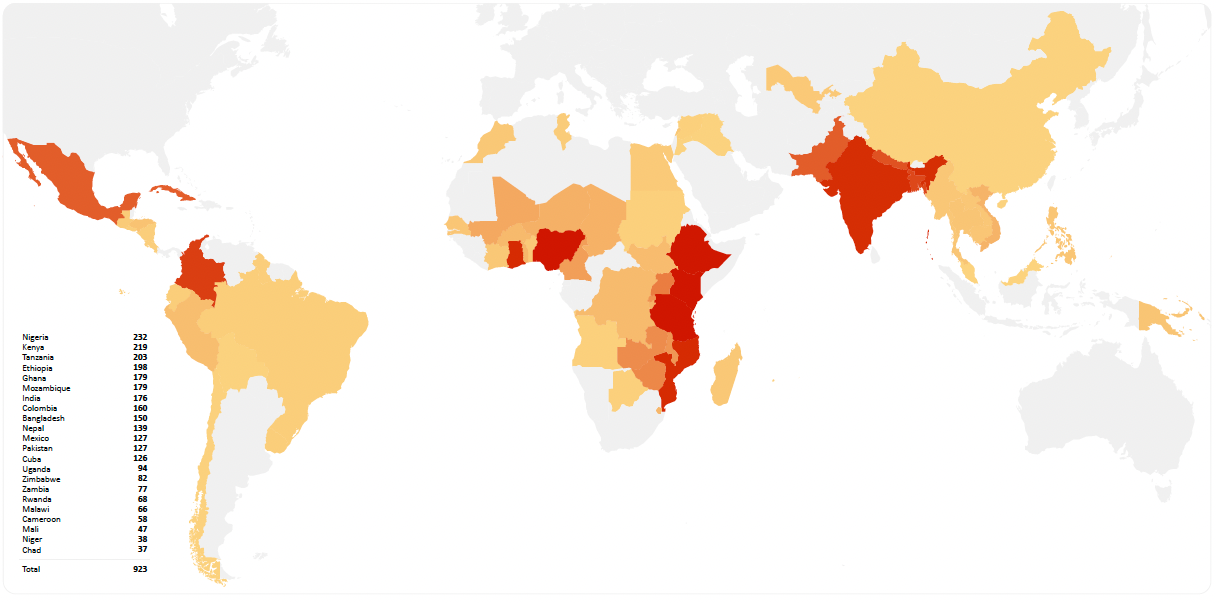
Figure 2.10. A visual representation of the partners that GI works with across the globe and the countries they come from.
Source: CGIAR Results Dashboard, accessed on 1 May, 2024.
Supporting CGIAR and partners’ breeding through harmonized shared services
At the heart of GI is process management that supports the delivery of high-quality data, streamlined processes, and compatibility in CGIAR-NARES networks’ ways of working. The Breeding Resources Initiative supports CGIAR-NARES breeding networks to modernize shared services, facilities, and operations for greater throughput, accuracy, and safety, at lower unit costs. These breeding services facilitate the delivery of complex multi-trait varieties and allow shared knowledge and capacities across CGIAR and NARES breeding efforts. In 2023, four process teams – Product Development (led by the Accelerated Breeding Initiative), Trialing and Nursery, Lab Services, and Breeding Analytics (all led by the Breeding Resources Initiative) – built on their previous harmonization work to identify, validate, and set the course for continuous improvement in all breeding operations and activities. They also began establishing standard operating procedures for breeding operation processes.
The Breeding Resources Initiative worked jointly with CGIAR-NARES network partners to identify areas for improvement and enable sustainable adoption of state-of-the-art equipment for their breeding activities (through projects like Crops to End Hunger). The Initiative was launched to provide users visibility into the capacity of breeding stations, highlighting their strengths and areas needing improvement. Ultimately, this guarantees the application of top industry standards within the breeding stations, delivering high-quality data and results.
A key 2023 achievement was a breeding informatics strategy for CGIAR. The strategy delineates a CGIAR-wide approach for effectively managing breeding databases, software, and tools. The Breeding Resources Initiative began delivery of key components of the strategy during 2023. The team launched a Digital Solution Unit to manage, develop, and maintain breeding data management tools using the Enterprise Breeding System platform, and a Global User Support (GUS) 24/7 support desk that handles user inquiries, connects them with specialists, and registers issues. The team also developed a roadmap to 2027, outlining a timeline for the strategy’s successful implementation. It encompasses the transition of CGIAR Centers and NARES from their existing breeding information systems to the Enterprise Breeding System. To make it easier for both CGIAR users and external partners such as NARES to request and track a large range of CGIAR breeding support services, a Service Request Portal was developed and launched. For example, breeding teams can use the portal to access low-cost, rapid turnaround genotyping services, benefitting from pooled procurement across the Centers. The Service Request Portal will continue to evolve with user engagement and contribution.
Breeding for people, the value chain, and seed systems
During 2023, CGIAR continued to enhance responsiveness and connectivity across the breeding pipeline in order to better serve farmers and other clients. A key innovation was GloMIP, a public platform for sharing market intelligence to inform market segmentation, Target Product Profile design, seed systems, and investment decisions in crop breeding. GloMIP’s Market Segment portal currently lists over 500 seed product market segments across 98 countries, covering half a billion hectares. The Impact Opportunities Portal provides a tool to match breeding investments to priorities for impact by linking 200 development indicators to 45 crops and 171 countries at three scales (national, national-crop and market segment). Since the majority are people-centric indicators, GloMIP plays a powerful role in connecting breeding to its human dimension – to different people (farmers, consumers, women, men, marginalized communities) and the different benefits they may value (such as nutrition, incomes, climate resilience and social inclusion).
The Market Intelligence and Accelerated Breeding Initiatives worked together to make the GloMIP platform interoperable with the Breeding Portal, a database describing the full portfolio of CGIAR breeding pipelines and their association with each distinct Target Product Profile and market segment. This interoperability now supports: (1) transdisciplinary teams to design Target Product Profiles that align better with stakeholder demands and impact opportunities in seed markets; (2) breeders to a) prioritize investment efforts in breeding pipelines in line with impact opportunities and projected benefits across the five Impact Areas, and b) align better to national and investor priorities to reach the largest number of low-income women and men farmers; (3) seed system actors to use the Product Catalog to produce varieties better serving farmers, processors, and consumers in each seed product market segment; and (4) investors to prioritize and target their investments in genetic innovation.
In collaboration with social and biophysical scientists, the Market Intelligence Initiative characterized over 450 seed product market segments and 294 regional Target Product Profiles. Through extensive collaboration with NARES partners in a series of Product Design Team meetings, the Accelerated Breeding Initiative captured national priorities for market segments and Target Product Profiles. Led by GI’s Gender Focal Point, a new Genetic Innovation Gender Strategy identified priority areas and entry points for advancing gender intentionality in breeding decision-making. The strategy formed the basis for the Market Intelligence Initiative to standardize the protocol for gender-intentional Target Product Profile design, in collaboration with Fairtrade Africa. NARES’ early involvement in Target Product Profile design ensured that national priorities drive CGIAR breeding pipelines. The Accelerated Breeding Initiative also developed the Program Management Platform to align projects that address different components of a shared, higher-level goal. The Platform enables learning across projects, reduces transaction costs, and identifies key opportunities for coordination.
All of these innovations supported seed systems actors to register 198 varieties developed by CGIAR-NARES collaborative breeding. Among these registered varieties, 165 had climate-resilience traits, 50 had greater nutritional value, addressing micro-nutrient deficiencies most common among women and children, and 156 were registered in low and lower-middle income economies. Moreover, significant progress was made in raising genetic gains by reducing breeding cycles and improving quality management. Using new improved standardized metrics, positive genetic gain was reported by 87 percent of breeding programs.
Moving along the GI pipeline, the Seed Equal Initiative used a demand-led seed system approach to accelerate adoption of new varieties and improve varietal turnover of beans, cowpea, and soybean. This approach empowered seed system actors to produce and distribute seed of these varieties in target geographies. In cereals seed systems, the Seed Equal Initiative partnered with roughly 100 registered or organized seed producers from public, private, and community organizations in South Asia, Latin America, and Sub-Saharan Africa. These partnerships facilitated production and delivery of 5,500 metric tonnes of quality seed through their networks, and showcased new products through 700 strategically located demonstrations for systematic product validation and demand creation. To inform public policy and private sector strategies, the Seed Equal Initiative undertook substantive collaborative research on how seed systems work in local contexts, for example, on the synergies between formal and informal seed systems in Odisha, India. A growing area of research and engagement emerged around seed supply within humanitarian contexts, which is highly relevant under conditions of increasing conflict and climate change. The aim of the work is to ensure that relief packages, and other efforts to rebuild agriculture following shocks, provide high-quality, nutritious and locally suitable seed to farmers.
Genebanks’ genetic resources and research efforts
CGAIR’s Genebanks conserve more than 30 crops and 3,000 species globally, provide accessions, and accumulate data resources for diversity analyses, germplasm selection, and collection management. In 2023, CGIAR Genebanks provided more than 200,000 germplasm samples to 993 requestors in 68 countries (not including distributions from CIFOR-ICRAF). More than 8,400 samples of beans, cassava, forages, maize, potato, pearl millet, rice and sweet potato were sent to farmers, NGOs, and farmer organizations, and 2,774 samples went to commercial sector users in 24 countries.
Genebank workflows were coordinated to improve and align data and quality management. Across multiple Centers, genotypic data resources on more than 20,000 accessions were collated in the same software platform, GIGWA. Individual genebanks enriched their data resources by:
(1) digitizing seed and plant images, and generating passport data for thousands of accessions; (2) generating genotypic data on potato crop wild relatives, banana, rice wild relatives, oca, ulluco, and cassava to develop molecular atlases; and (3), in partnership with NARES and CGIAR breeders, developing and evaluating 30 subsets of banana, Buffel grass, lentil, potato, cassava, sweet potato, wheat, and other crops to identify abiotic, biotic, and nutritional traits.
In 2023, Genebanks research made strides in the use of artificial intelligence (AI) to help users find the varieties or traits they needed. The International Rice Research Institute (IRRI) genebank trained an AI tool to recognize rice samples using images of rice seeds. This AI recognition replaced humans to assess the rice seed. It worked more rapidly, reliably, and cost-effectively than humans, screening 60,000 rice samples for flooding tolerance in just one year (compared to 20,000 samples being screened since the genebank opened in 1972). This improvement will allow more IRRI genebank material to be discovered and used in breeding. Going forward, wide-scale screening of collections for specific traits to tackle climate-change challenges and emerging or intractable pests and diseases will be increasingly feasible.
In line with the Genebanks’ commitments to international standards and treaties, every germplasm import and export passed through CGIAR Germplasm Health Units. The Units carried out more than 830,000 diagnostic assays and prevented the movement of more than 10,000 diseased or contaminated samples, in compliance with national phytosanitary regulations. CGIAR submitted reports to the International Treaty for Plant Genetic Resources for Food and Agriculture, the Commission on Genetic Resources for Food and Agriculture, and the Convention on Biological Diversity.
Science Group Projects
The GI Science Group spearheaded SGPs, which are bilateral or Window 3 Center-owned projects that include explicit structured alignment with the CGIAR 2030 Research and Innovation Strategy – by using common theories of change, partnerships, metrics, targets, research tools and reporting. They are the first funding model to achieve alignment between bilateral and pooled funding. Two of these projects were launched and reported in 2023.
Roots, Tubers, and Bananas Breeding Project
The Roots, Tubers, and Bananas project (RTB Breeding) was established to integrate breeding approaches in banana, cassava, potato, sweet potato, and yam. Over their first year, RTB made strides in changing breeding management, bringing together five transdisciplinary crop teams to self-organize. This created a systematic arrangement for shared learning and co-management among CGIAR and partners in NARES and universities.
Working closely with the Accelerated Breeding Initiative, RTB breeding pipelines adopted stage-gate processes that align with Accelerated Breeding’s guidelines. This alignment facilitated the advancement of superior clones tailored to market demand and breeding programs’ objectives. In developing this alignment, capacity sharing was organized for three national programs. RTB worked tightly with partners who developed and updated Target Product Profiles for eight national programs in East, Central, and Southern Africa for all crops. RTB breeding programs integrated food quality traits into Target Product Profiles that had been missing from earlier breeding efforts. Product design teams were jointly established with national programs in multiple East and West African countries in banana, potato, sweet potato, yam, and cassava. Excellent progress was observed in both banana and potato with the launch of East African CGIAR-NARES breeding networks.
Accelerated Varietal Improvement and Seed Delivery of Legumes and Dryland Cereals in Africa Project
The Accelerated Varietal Improvement and Seed Systems in Africa project (AVISA) was the second SGP implemented in CGIAR in 2023. During its first year of implementation, AVISA tackled challenges associated with scaling new dryland crop varieties. Teams including 188 NARES scientists, including social scientists and economists, identified three strategic impact pathways for developing new business cases for impactful seed production and delivery: leveraging seed agribusiness as economic multipliers in local communities; innovative seed delivery models at discounted prices; and breeding strategies that optimize farmers’ mixed cropping systems for resilience under diverse and low-input conditions. A major innovation from these analyses was the concept of localized seed and grain business “micro-ecosystems” as the basis for scaling.
Working closely with the Accelerated Breeding Initiative, AVISA convened crop and country Product Design Teams to develop and prioritize market segments and Target Product Profiles. More than 50 meetings were conducted for six crops, and the teams identified 58 market segments across Africa, of which 28 were prioritized for breeding. The prioritized market segments and Target Product Profiles were assigned teams with a breeding pipeline lead and co-lead from CGIAR and NARES, respectively. These teams co-designed breeding strategies for prioritized breeding pipelines in consultation with quantitative genetics experts, collected germplasm of targeted crops, had plant health teams develop a regional strategy for screening key priority traits, and held workshops with regional breeders to harmonize screening protocols.
GI’s engagement and capacity building
As the success of multi-partner breeding networks is vital for raising adoption and turnover of improved varieties, capacity sharing is a fundamental component of GI’s work. In 2023, the Accelerated Breeding Initiative worked closely with partners and developed a self-measurement tool for breeding capacity, allowing partners to develop plans that specify their priorities for enhancing their breeding capacity.
This completed an important early step toward NARES and CGIAR making best use of their mutual comparative advantage, as per the 2022 and 2023 Aide Memoires. The Breeding Resources Initiative’s process management teams identified and responded to capacity development needs in CGIAR-NARES breeding networks. The Genebanks Initiative responded to partners’ self-identified priorities for capacity development via regional workshops in Sub-Saharan Africa, Central and Western Asia and North Africa and Latin America. Actions included engagement of NARES partners in the use of genomic tools for management and use of collections. To generate awareness of improved seed variety availability, the Seed Equal Initiative built the extension, seed delivery, and marketing capacity of national and sub-national organizations. More than 50,000 seed sector stakeholders in South Asia, Latin America, and Sub-Saharan Africa were engaged through farmer field days, participatory varietal selection processes, and trait preference ranking exercises, among others. The Market Intelligence Initiative conducted 79 capacity-building and evidence-dissemination activities directly with partners, via workshops, and shared documentation, replicable tools, and characterization of seed product market segments in GloMIP.
GI’s contribution to CGIAR’s Impact Areas
The ultimate impact from CGIAR’s work in genetic innovation comes from the value of improved varieties that farmers adopt and harvest. In 2023, partners in 36 countries registered 198 varieties derived from CGIAR-NARES breeding pipelines. Eighty-three percent of these were improved for climate resilience and 25 percent for greater nutritional value, including through biofortification to raise levels of limiting micro-nutrients such as zinc, iron and vitamin A. Positive genetic gain, with increases in productivity relative to the previous year, was reported by 87 percent of breeding programs. Ongoing increases in genetic gains are a crucial contribution to farm incomes, poverty alleviation and food security, and provide environmental health benefits through reduced land footprint per unit of food output.
GI placed special attention on gender equality and climate resilience over 2023. A new GI Gender Strategy identified priority areas and entry points to advance gender intentionality in breeding decision-making. NARES-CGIAR Product Design Teams systematically included female representatives and drew on gender insights developed in studies by the Market Intelligence Initiative. For the first time, gender was systematically addressed in Target Product Profiles for breeding. Based on priorities identified by national partners, a resulting 22 percent of the 294 profiles had at least one improved trait impacting women, such as reduced labor (drudgery), improved nutrition, or consumer-preferred traits such as cooking time. Fifty varieties were registered that have specific nutritional traits to reduce malnutrition among women and children. Work with NARES developed gender-responsive tools for preparing varietal profiles and understanding seasonal demands for seeds of roots, tubers and bananas in Nigeria, Tanzania, and Uganda. During 2023, 53 percent of breeding programs collected gender-disaggregated data from on-farm verification trials – this is an upward trend; however, there is still much room for improvement within breeding networks.
The attention on building climate resilience had two equally important foci: (1) achieving measurable improvements in priority resilience traits for different agro-ecosystem environments (the germplasm pathway to impact; see theory of change above); and (2) changing ways of working with partners to accelerate the pace of learning and uptake in farmers’ fields (capacity pathway). Work on building climate resilience traits involved the full breeding pipeline. For example, the Genebanks Initiative, in partnership with NARES and CGIAR breeders, screened 30 subsets of crops for traits including drought and heat tolerance and disease resistance. Cataloging these traits allows breeders to draw on these subsets for use in breeding new climate-resilient varieties, helping future generations of farmers in their resilience against climate change. Breeding programs used modelling data to understand the current and upcoming climate risks in specific agro-ecologies and market segments. Specific climate-resilient traits included in Target Product Profiles in 2023 included disease resistance and specific tolerance traits for floods, salinity, wind, heat and drought. In terms of ways of working with partners, large-scale on-farm testing (e.g., triadic comparison of technologies (TRICOT)) became a much more widely used method by CGIAR and NARES in 2023. The strength of large on-farm trials is the variety of local climatic conditions and farm conditions that can be included within field testing, and the rapid turnaround time for data and analytics – increasing the speed of research to keep up better with climate change. Another highly strategic direction on climate resilience in 2023 was to ramp up work with humanitarian agencies on seed relief.
The five CGIAR Impact Areas are highly interdependent and GI took explicit steps to enable research users to achieve multi-benefit outcomes and avoid risks associated with potential trade-offs. The GloMIP tool was built to enable users to capture synergies and trade-offs among indicators across the full suite of poverty reduction, gender equality, social inclusion, nutrition, climate and environment. The Seed Equal Initiative developed three papers on agricultural interventions that combine nutrition-sensitive and climate-resilient cropping, and worked with colleagues across the three Science Groups to examine the policy dimensions that promote multi-benefit agriculture in different local contexts.

Figure 2.11. GI results reported in 2023 tagged to the five Impact Areas.
Source: CGIAR Results Dashboard, accessed on 1 May, 2024.


